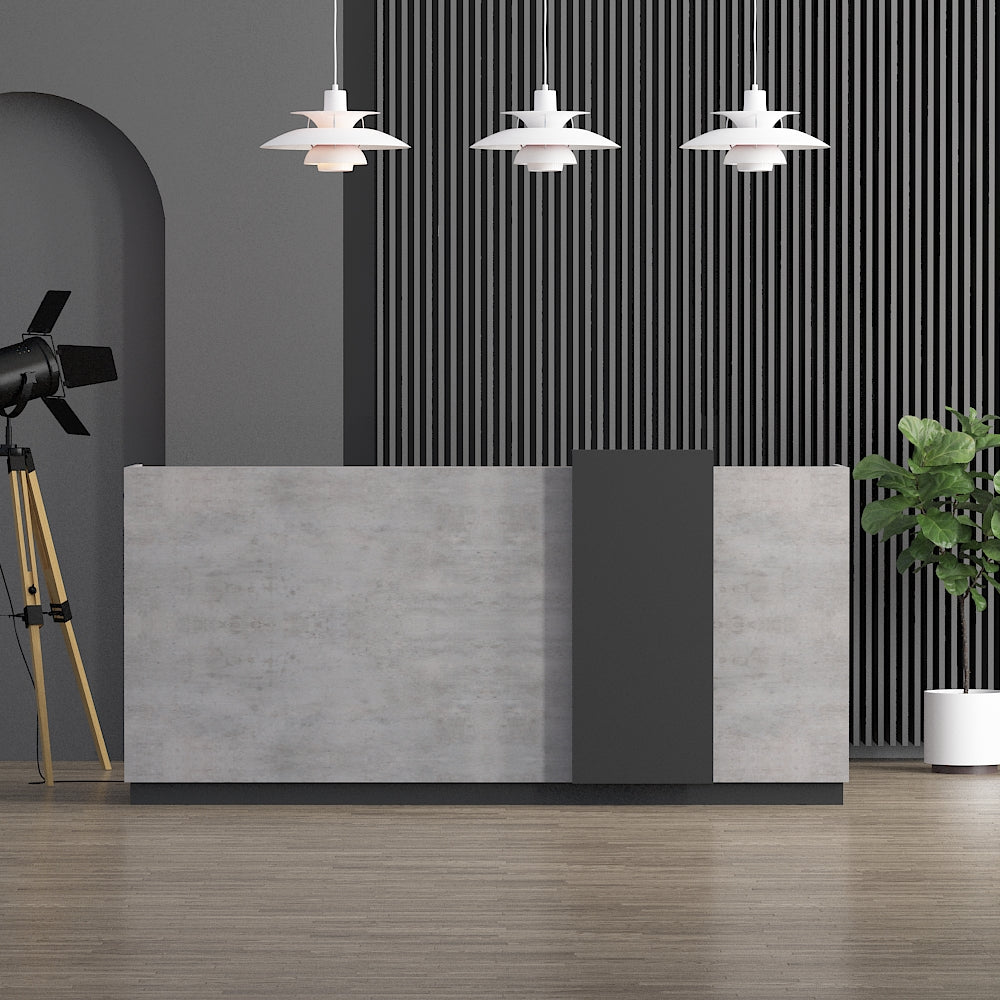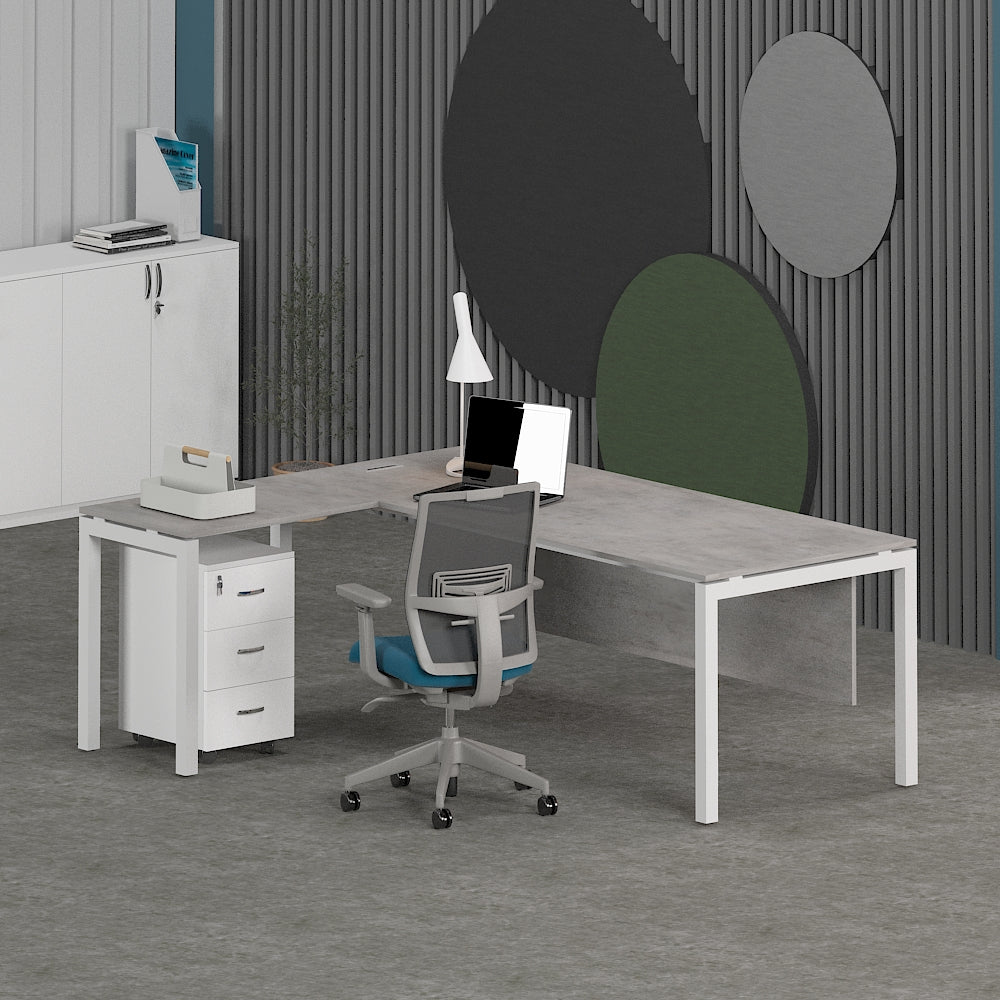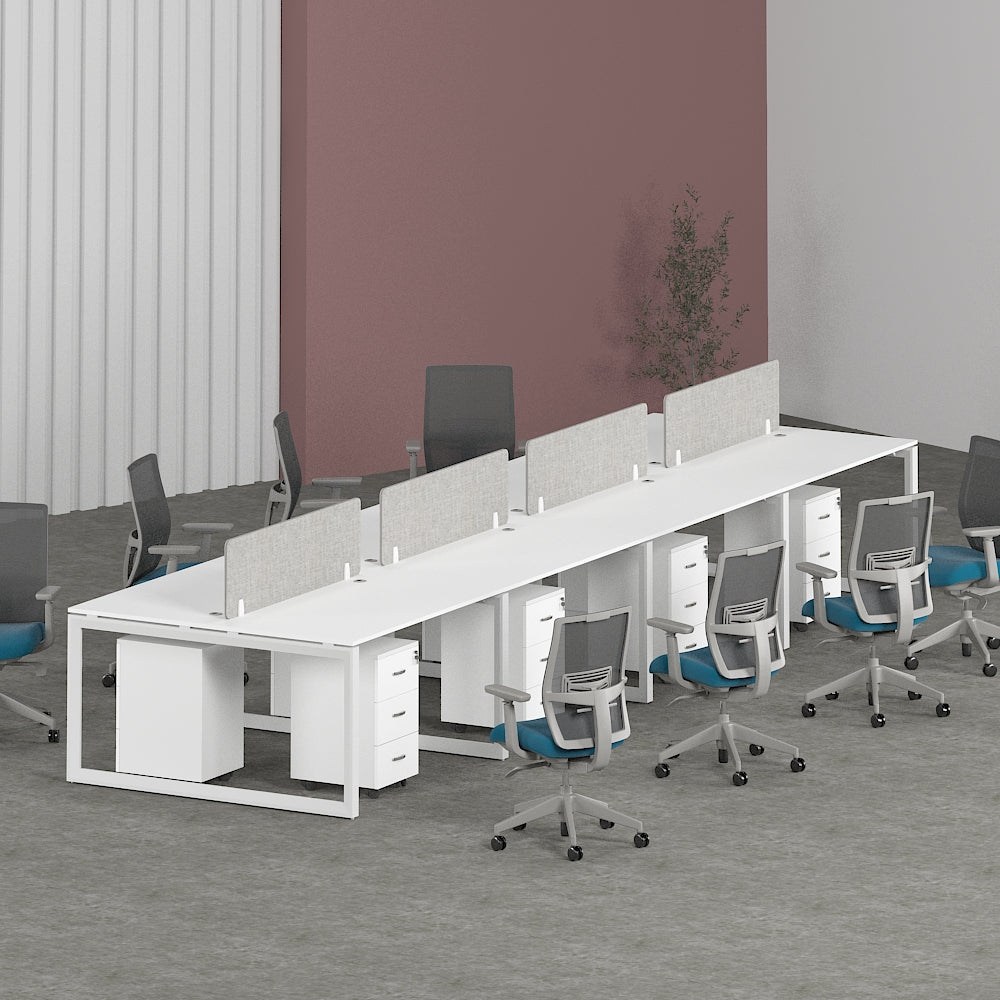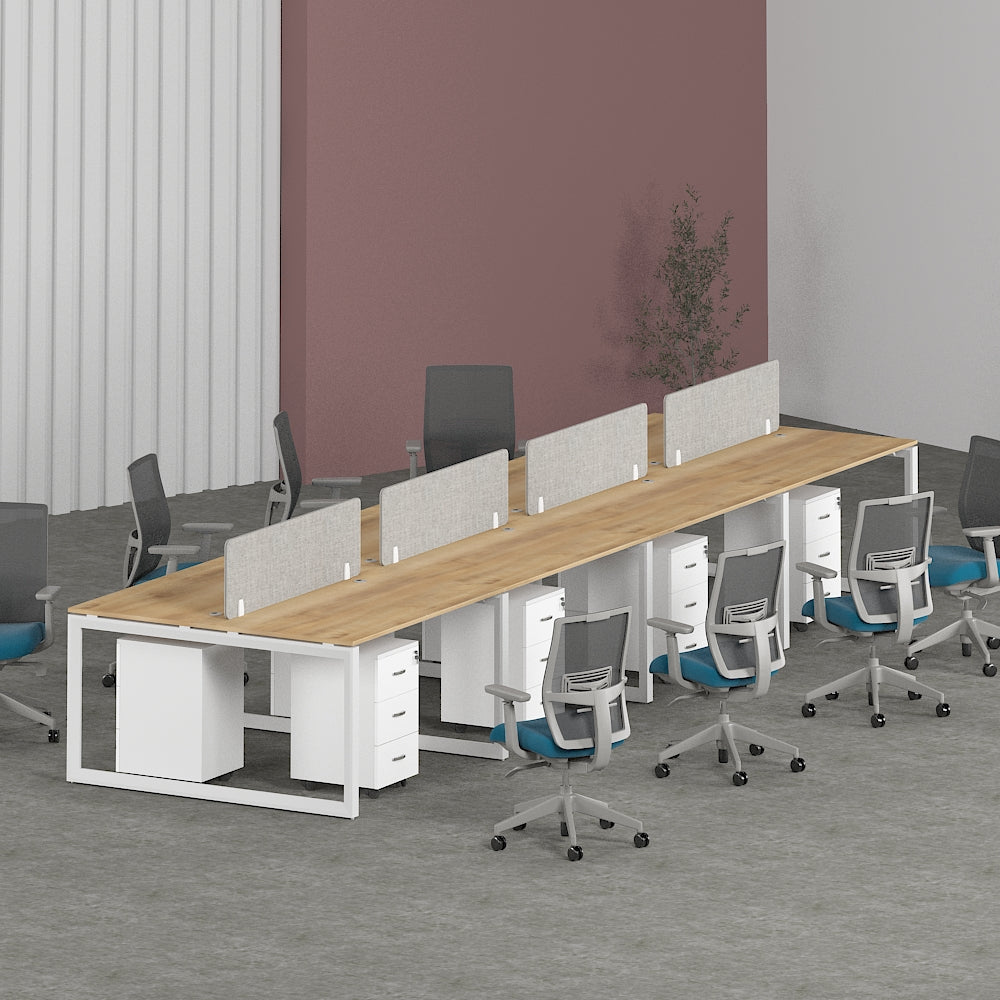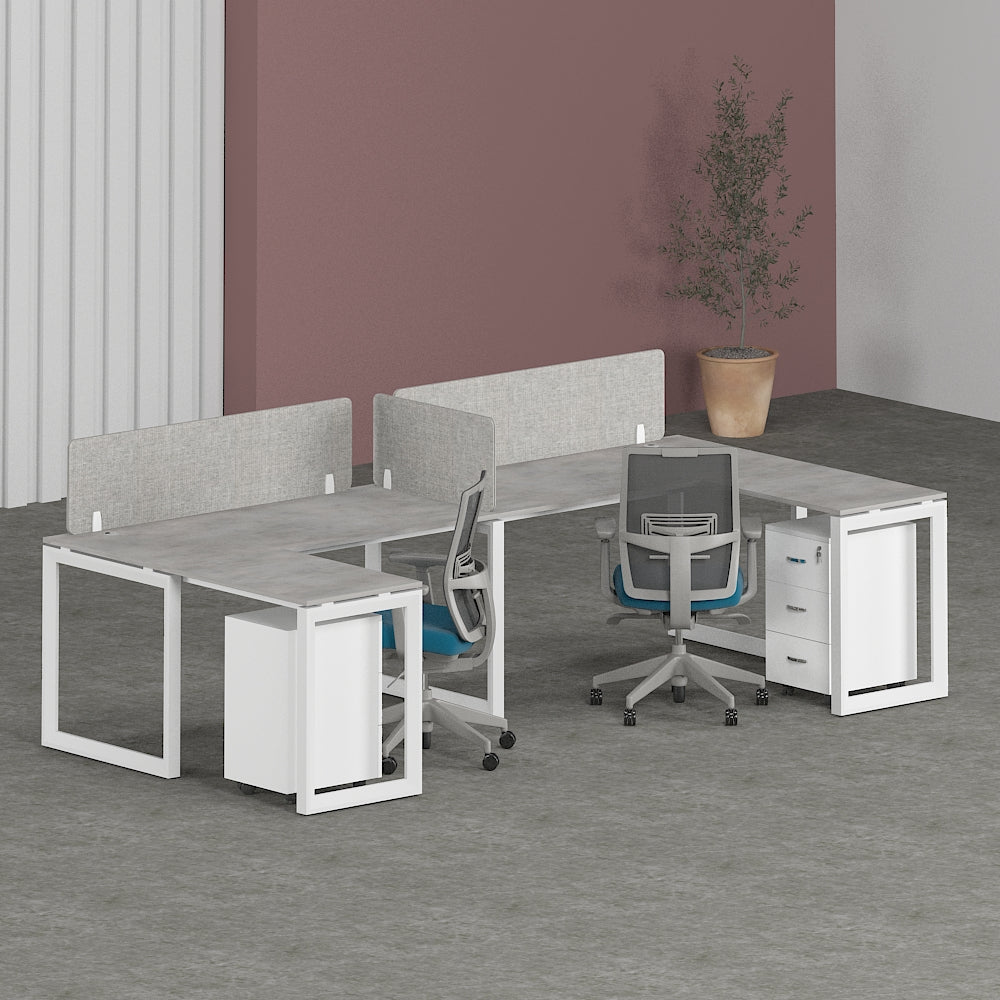Collaborative Office Space Helps Boost Productivity
In today's fast-paced work environment, fostering productivity is essential for businesses to thrive. One innovative solution gaining popularity is the adoption of collaborative office spaces. These dynamic work environments promote teamwork, creativity, and efficiency, ultimately leading to enhanced productivity. Let's delve deeper into how collaborative office spaces can transform the way we work and drive success.
1. Introduction
Collaborative office spaces, often referred to as coworking spaces, are shared work environments where individuals from different companies or freelancers work alongside each other. This setup fosters a sense of community and collaboration, unlike traditional office settings.
1.1 Definition of Collaborative Office Space
Collaborative office spaces are designed to encourage interaction and collaboration among diverse professionals. They offer flexible workstations, communal areas, and shared resources to facilitate teamwork and creativity.
1.2 Importance of Productivity
Productivity is the cornerstone of business success. In today's competitive landscape, organizations must optimize their resources and processes to achieve maximum output. Collaborative office spaces provide an environment conducive to productivity by promoting collaboration and innovation.
2. Benefits of Collaborative Spaces
2.1 Enhanced Creativity
Collaborative office spaces stimulate creativity by bringing together individuals from various backgrounds and industries. The exchange of ideas and perspectives sparks innovation and fosters out-of-the-box thinking.
2.2 Improved Communication
Effective communication is vital for project success. Collaborative office spaces break down communication barriers by facilitating face-to-face interactions and fostering a culture of openness and transparency.
2.3 Networking Opportunities
Networking is essential for career growth and business expansion. Collaborative office spaces offer ample networking opportunities, allowing professionals to connect with like-minded individuals, potential clients, and industry experts.
3. Impact on Team Productivity
3.1 Fostered Collaboration
Collaborative office spaces encourage teamwork and collaboration, leading to improved productivity. By working alongside colleagues from different departments or companies, employees can leverage each other's strengths and skills to achieve common goals.
3.2 Shared Goals and Vision
In a collaborative environment, teams share common goals and vision, fostering a sense of unity and purpose. This alignment ensures that everyone is working towards the same objectives, increasing overall productivity and efficiency.
3.3 Increased Accountability
Collaborative office spaces promote accountability among team members. When individuals work in close proximity to each other, they are more likely to stay focused and accountable for their tasks, reducing procrastination and inefficiency.
4. Creating a Collaborative Environment
4.1 Flexible Layouts
Collaborative office spaces feature flexible layouts that adapt to the needs of different teams and projects. From open workstations to private meeting rooms, these spaces offer a variety of work settings to accommodate diverse work styles and preferences.
4.2 Technology Integration
Technology plays a crucial role in collaborative work environments. Collaborative office spaces are equipped with the latest technology tools and software to facilitate communication, collaboration, and project management.
4.3 Community Engagement
Community engagement is a key aspect of collaborative office spaces. These environments host networking events, workshops, and social gatherings to promote interaction and collaboration among members, fostering a sense of belonging and camaraderie.
5. Overcoming Challenges
5.1 Managing Distractions
One challenge of working in a collaborative environment is managing distractions. With multiple people working in the same space, there may be noise and interruptions that can affect concentration. However, implementing quiet zones and using noise-cancelling headphones can help minimize distractions.
5.2 Resolving Conflicts
Conflicts may arise in collaborative office spaces due to differences in personalities, work styles, or project priorities. It's essential to establish clear communication channels and conflict resolution protocols to address issues promptly and maintain a harmonious work environment.
6. Measuring Productivity
6.1 Key Performance Indicators (KPIs)
Measuring productivity in collaborative office spaces requires defining and tracking key performance indicators (KPIs). These metrics may include project completion rates, client satisfaction scores, and team engagement levels.
6.2 Feedback Mechanisms
Feedback is essential for improving productivity and performance. Collaborative office spaces can implement feedback mechanisms such as regular team meetings, surveys, and performance reviews to gather input from members and identify areas for improvement.
7. Conclusion
Collaborative office spaces offer a myriad of benefits for individuals and organizations looking to boost productivity and foster innovation. By providing a dynamic work environment that encourages collaboration, communication, and community engagement, these spaces empower teams to achieve their goals and drive success.
8. FAQs
8.1 What is a collaborative office space?
A collaborative office space is a shared work environment where individuals from different companies or freelancers work alongside each other, fostering collaboration and innovation.
8.2 How does a collaborative workspace enhance productivity?
Collaborative workspaces enhance productivity by promoting teamwork, communication, and creativity, leading to more efficient project completion and goal achievement.
8.3 What are the challenges of working in a shared office environment?
Challenges of working in a shared office environment include managing distractions, resolving conflicts, and maintaining privacy and security.
8.4 How can businesses measure productivity in collaborative settings?
Businesses can measure productivity in collaborative settings by defining and tracking key performance indicators (KPIs) such as project completion rates, client satisfaction scores, and team engagement levels.
8.5 Are there any downsides to collaborative office spaces?
While collaborative office spaces offer numerous benefits, they may also have drawbacks such as potential distractions, conflicts among members, and lack of privacy. However, these challenges can be overcome with proper planning and communication strategies.







